Time savings in protein analysis
Online digestion of proteins with Perfinity iDP
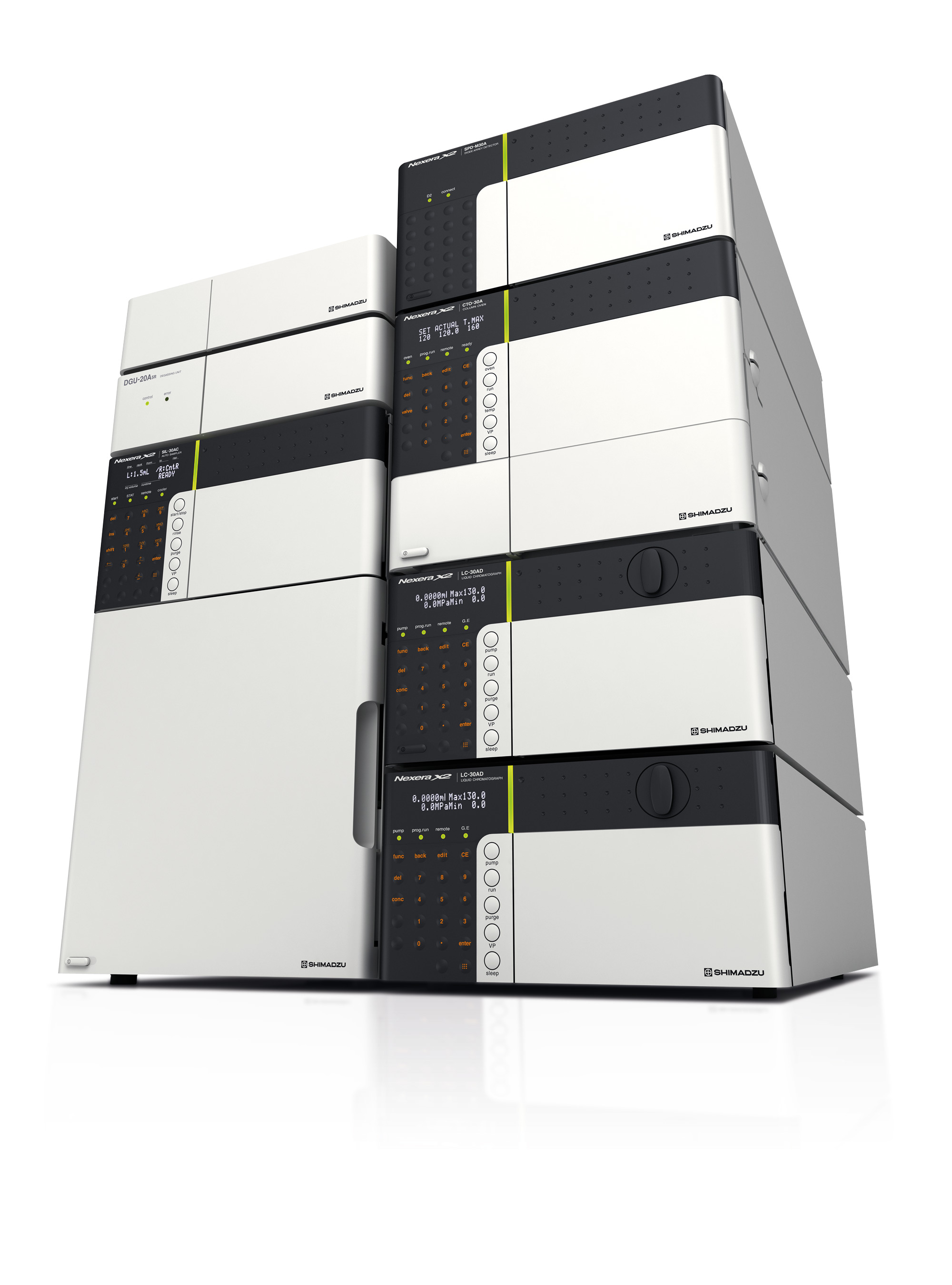 Figure 1: Perfinity iDP system
Figure 1: Perfinity iDP system
Protein analysis is complex and time-consuming. Most of the proteins needing to be characterized are relatively large molecules that are not easily analyzed without pretreatment. Enzymatic cleavage into smaller fragments is a common procedure. In addition to chemical and thus relatively drastic methods, enzymatic reactions are widely used in biochemical laboratories, and have proven to generate reproducible results. The problem is that enzymatic cleavage processes are often time consuming, as they require incubation of the protein with a specific enzyme. It can take 24 hours or longer to selectively cleave a protein without denaturing it.
Tryptic digestion is frequently used. The name is derived from trypsin, an endopeptidase that cleaves proteins at specific locations in the molecule.
The function of endopeptidases
Endopeptidases are important substances in chemical analytical protein sequencing. The cleaved (denatured) proteins are easily hydrolyzed, and bind water molecules. In the intestinal tract, trypsin selectively cleaves peptide bonds into the basic amino acids lysine, arginine as well as modified cysteine.
Similar reactions occur in the human intestinal tract during digestion of proteins. These are well known in terms of mechanism and functioning. By experience it is, however, much more difficult to predict exactly or to describe such processes for unknown proteins and then to carry them out in a test tube. Nor is it possible to predict reproducibilities or even statistical data for such reactions.
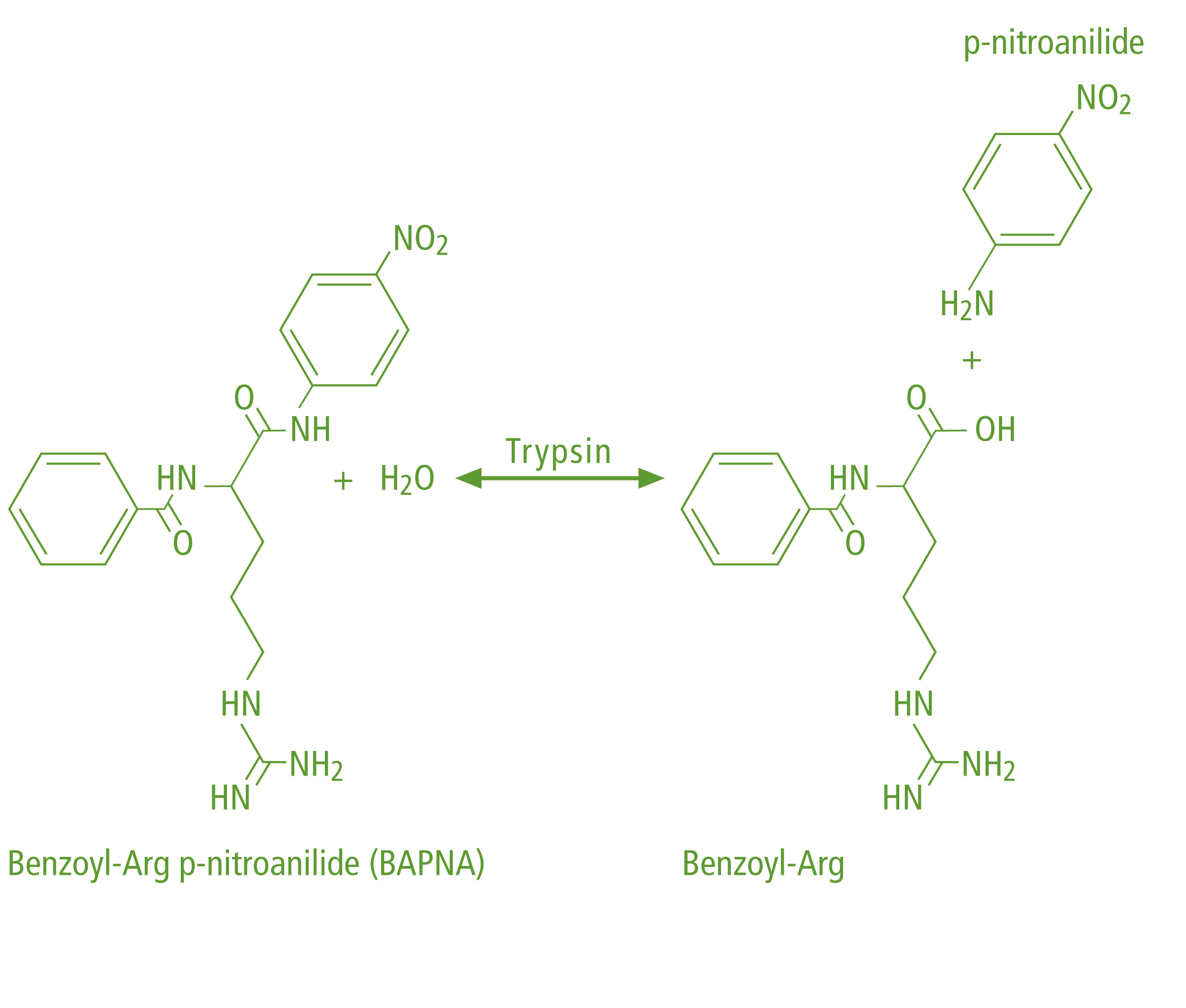 Figure 2: Reaction equation of the trypsin activity test by BAPNA
Figure 2: Reaction equation of the trypsin activity test by BAPNA
Special column for tryptic online protein digestion
Experiments to speed up enzymatic digestion or to carry this out on a stationary phase are not new. But thanks to advanced developments in HPLC stationary phases, it is now possible to produce a specialized column for tryptic online protein digestion.
From the initial idea of an immobilized trypsin column to the Perfinity iDP™ system (Perfinity iDP – integrated Digestion Platform) described here, it was and still is a long way: on-column digestion times must be optimized for individual proteins. Questions in this context include: How long should the protein remain on the column in order to be fully digested? What is the optimal digestion time, and what concentrations can be handled? How many digestion cycles can be performed using one column? How can the method be tested and what is involved in quality control?
Hardware, software, application kit
We should not try to answer all these questions ad hoc here, but the Perfinity iDP system offers a combination of HPLC hardware, columns, buffer mixtures and a user-friendly software interface that simplifies an important part of protein analysis: sample preparation for MS/MS analysis, or quality control for biotechnological production of proteins.
In addition to the hardware mentioned here, the system also features an application kit. The kit includes the trypsin column and the appropriate buffer mixtures as a set for every 1-liter ready-made buffer solution, as well as software and a series of prebuilt methods that facilitate system operation. All that is required is to place the samples in the autosampler and start the analysis.
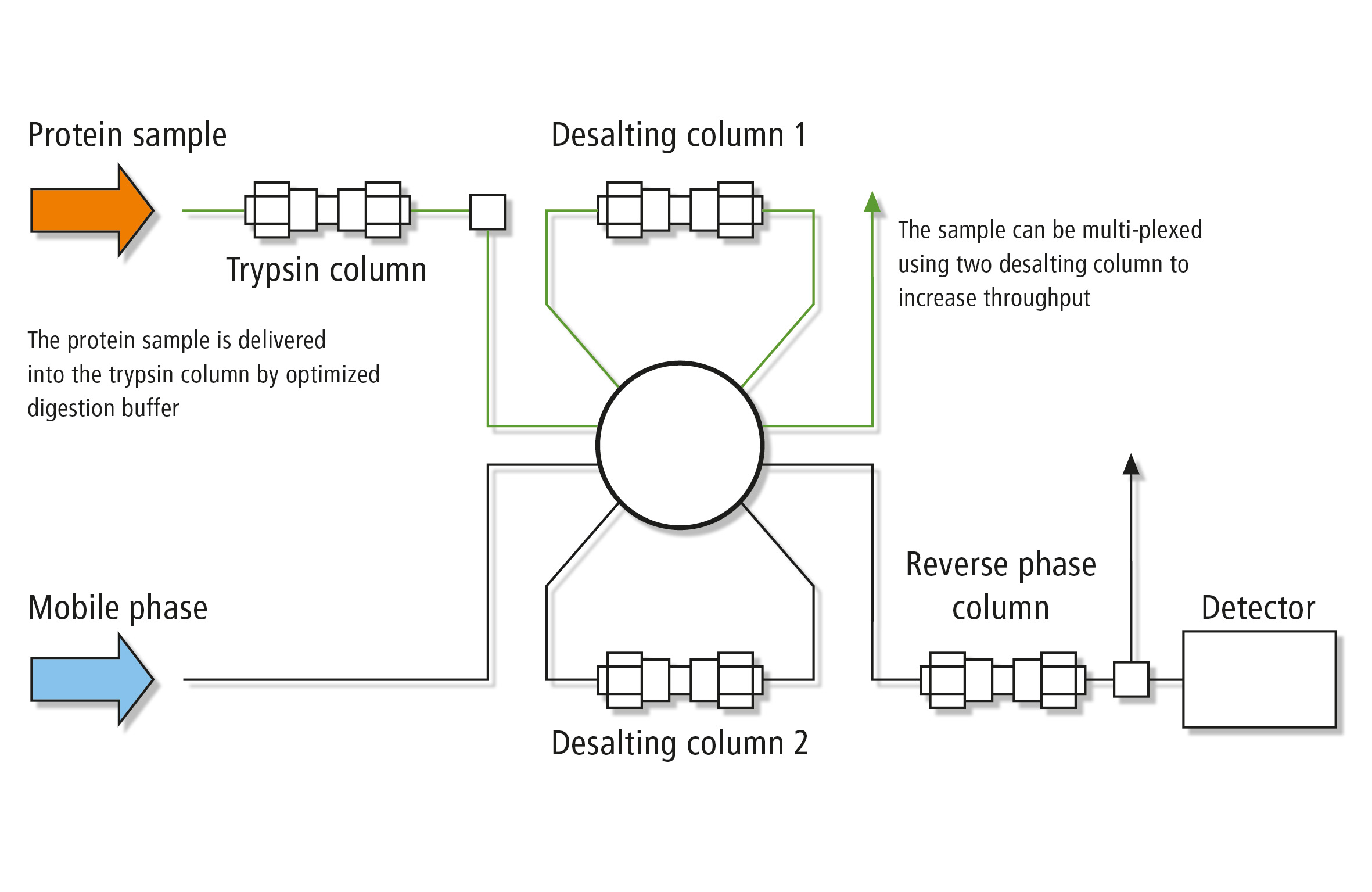 Figure 3: Flow schematics of the Perfinity iDP system
Figure 3: Flow schematics of the Perfinity iDP system
Detecting the enzyme activity of trypsin
The BAPNA test is used as a functionality test. The enzyme activity of trypsin is detected via N-benzoyl-D,L,-alanine-p-nitroalanine (BAPNA). BAPNA is cleaved by trypsin at arginine to form p-nitroaniline. The p-nitroalanine concentration can be detected spectroscopically at a wavelength of 405 nm.
Briefly returning to the system flow line: the previously cleaned protein is loaded onto the trypsin column via a switching valve and is ‘parked’ on the column using a low flow rate suitable for digestion. In a subsequent step, a higher flow and a different mobile phase are used to transfer the digested protein fragments via an additional valve and a downstream desalting column onto the actual separation column. Separation takes place in an acetonitrile/ buffer mixture suitable for LCMS/ MS. In addition to the UV detector that is part of the system, a mass spectrometer can easily be connected. This is certainly the detector of choice when as many of the peptides as possible are to be detected and identified.
Simple user interface for LabSolutions
Since most protein analysts find the control and the complexities of a HPLC system only of limited interest, straightforward user interfaces and omitting of all nonessential parameters are an absolute requirement for routine use of the system.
The start screen of the Perfinity iDP software meets all these requirements (figure 4): The software features a specially adapted user interface for the LabSolutions LC Workstation software.
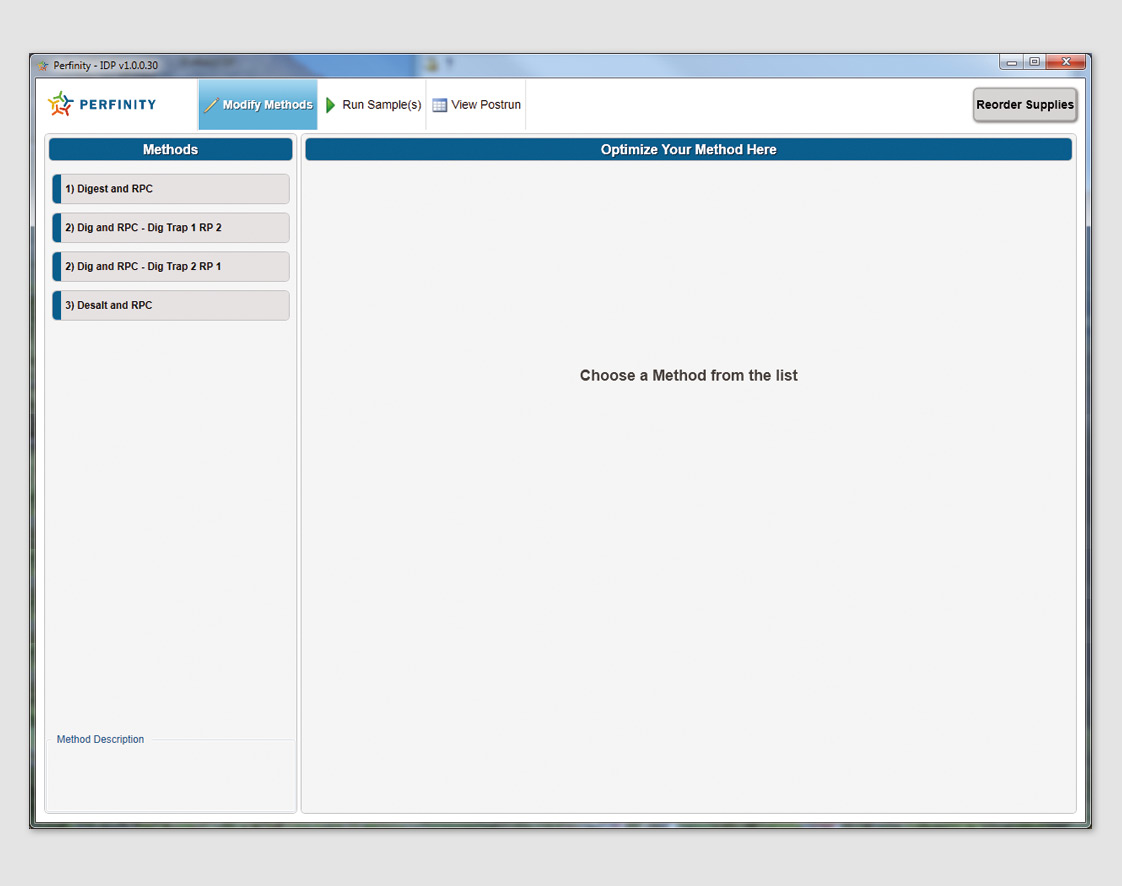 Figure 4: Start screen of the Perfinity iDP software
Figure 4: Start screen of the Perfinity iDP software
For everyone interested in HPLC, it goes without saying that all settings can also be completed in the LabSolutions software itself. Being able to start the analysis using pre-built methods is an enormous help to novices in this analytical application area, and should not be underestimated. In addition to the main menu, it is possible to adapt individual method parameters and to save the user-created methods. Just like the standard pre-built methods, these user-created methods are subsequently available in the combo box. Being able to adapt the digestion times in particular can provide interesting results in order to be able to assess the true value of the system for protein analysis.
Fast results
Using the standard pre-built method, it is possible to quickly obtain results for various proteins. The following chromatogram shows the tryptic digestion of Cytochrome C. In addition to the considerable savings in time (8 minutes digestion time ‘on-column’ compared with 20 hours at 37 °C using the conventional approach), the reproducibility of the method is remarkable. One can only wonder whether experienced protein analysts can obtain such results using a manual approach and how often this actually succeeds. The reproducibility refers equally to results obtained on various non-consecutive days for the same sample. This illustrates the merit of the method.
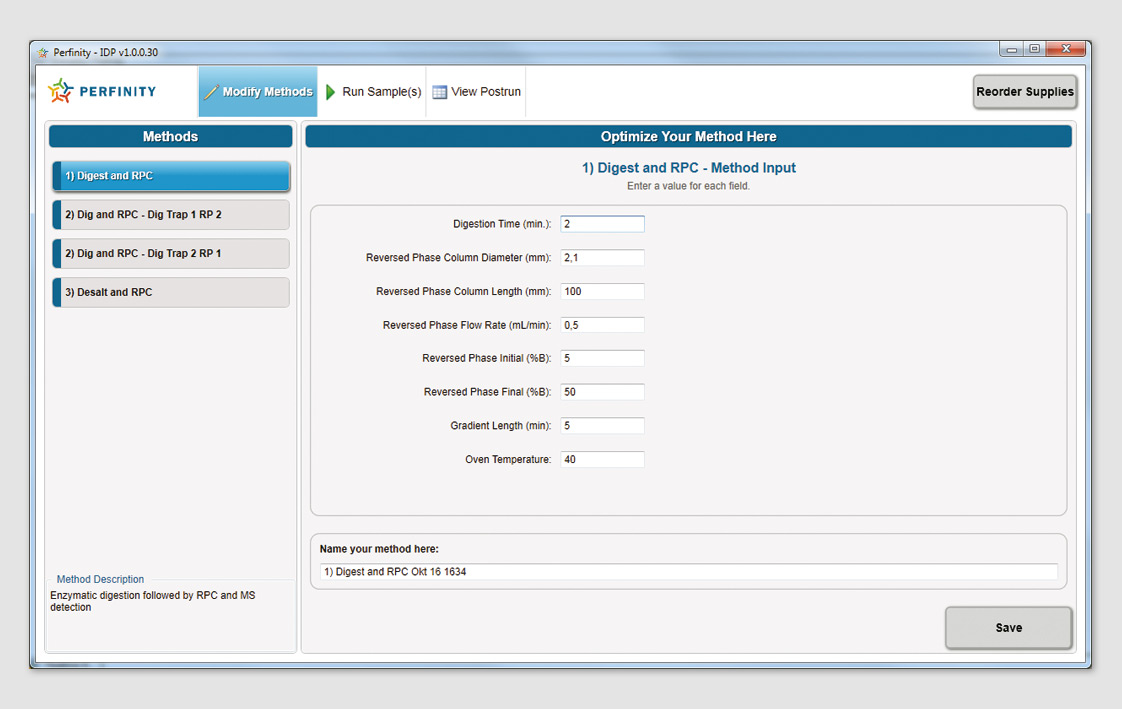 Figure 5: Method details of the standard pre-built method
Figure 5: Method details of the standard pre-built method
What the UV detector does not show, however, are the many smaller digestion products which can subsequently be detected using a highly sensitive MS/MS. On the other hand, the limited complexity was also advantageous during the initial experiments using the system (and is certainly also the case elsewhere).
The use of trypsin and tryptic digestion is just one possible approach in protein analysis to somewhat simplify this complex application area. Of course in practice, a variety of enzymes are used for protein digestion.
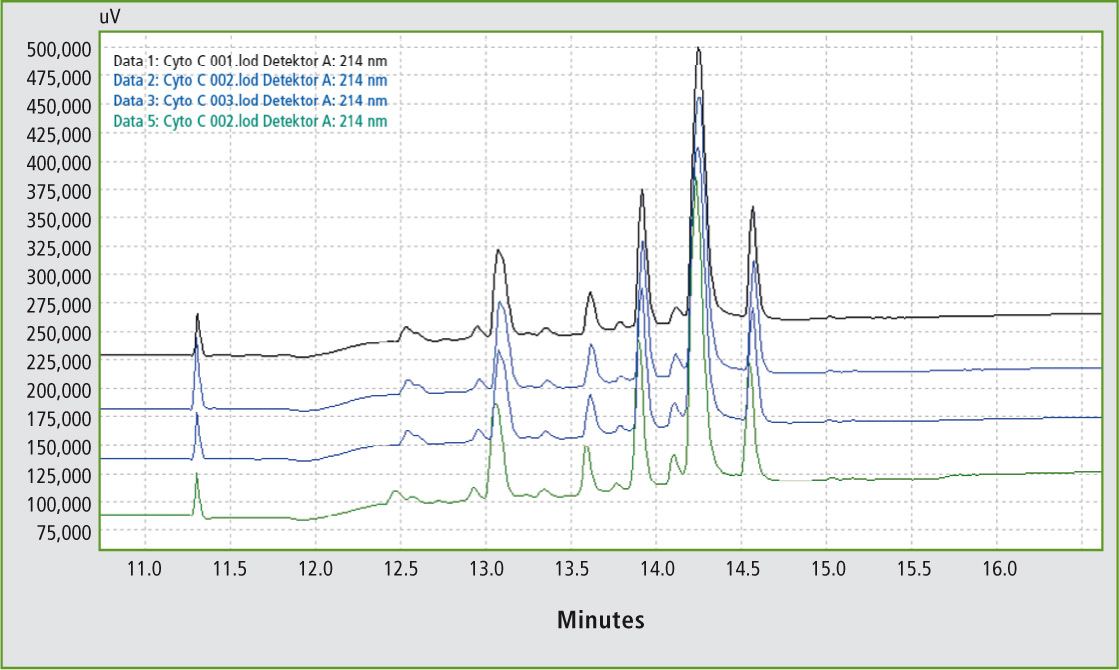 Figure 6: Chromatograms obtained using Perfinity: Tryptic digestion of cytochrome C and examples of their reproducibilities
Figure 6: Chromatograms obtained using Perfinity: Tryptic digestion of cytochrome C and examples of their reproducibilities
Acknowledgment
Shimadzu Europa sincerely thanks its colleagues at Shimadzu Scientific Instrument (Maryland, USA) as well as Perfinity Biosystems (Purdue University, Indiana, USA) for the development of the system.
Perfinity iDP™ is a trademark of Perfinity Biosystems.